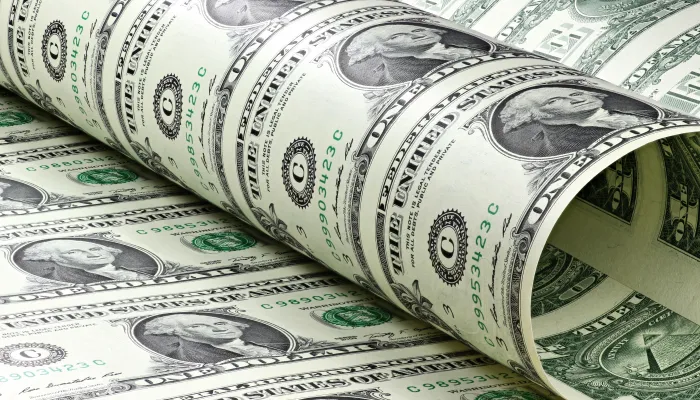Deficits, GDP, and Automatic Stabilizers
According to a new CBO report, automatic stabilizers added about $282 billion to the federal deficit last year and are projected to add $351 billion this year and $403 billion in 2011 before settling back down at $29 billion in 2014.
The federal deficit can fluctuate from two causes: legislation that dictates spending and taxation levels and automatic responses of spending and taxation levels to economic developments (i.e. automatic stabilizers). Automatic stabilizers (including unemployment insurance, federal nutrition benefits, and revenue reductions) expand during cyclical economic slowdowns and recessions. With more people unemployed and in need of economic assistance, government spending increases just as revenues fall due to reduced payroll taxes from fewer employed workers and potentially lower wages.
The graph below displays automatic stabilizers' contribution to the federal deficit during the current economic recession, increasing deficits between 2008 and 2014. However, automatic stabilizers actually reduce the deficit during upturns in the business cycle (see years 2000 and 2001).


